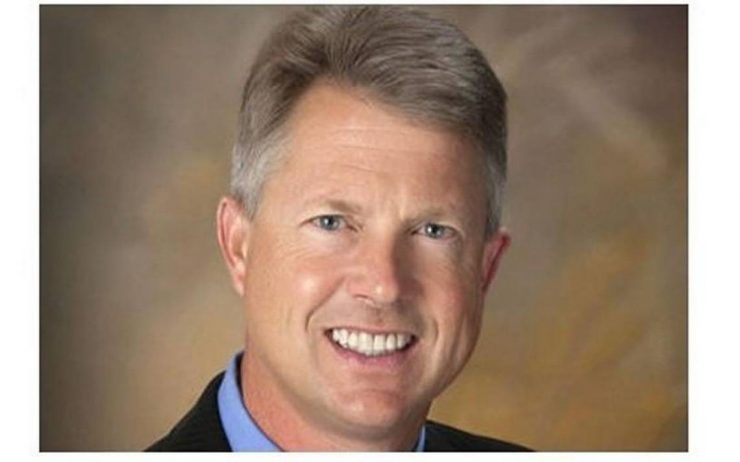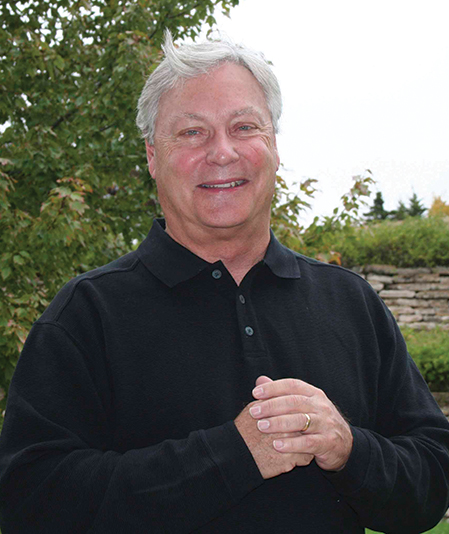
Friend,
Headlines last week felt like an old Clint Eastwood movie. The good news is that with the appointment of Judge Brett Kavanaugh, President Trump has made a selection that will solidify our Supreme Court as an institution that respects the Constitution, life and the rule of law. I am excited about this pick and hope the Senate will move swiftly to confirm him.
The bad news we saw across much of our district is the drought and near record heat that is scorching crops and forcing ranchers to find alternative feed and water supplies. The USDA has a host of programs available to help producers in drought areas.Those can be found here.
The ugly news has been the worst of all, in the escalating trade war with countries around the world. As I traveled the district last weekend, and read through your letters week, it is clear that the administration’s trade policy is putting Kansans through tough times. Not a day goes by that we don’t see a new story of cost increases for manufacturers, lost markets for our farmers or consumers paying more for everyday products. Just two weeks ago in a discussion with U.S. Trade Representative Lighthizer, I asked him to please keep folks at home in mind as they are working on trade agreements. While I share their vision for better trade agreements, I am gravely concerned the path we are on will cause more harm than good if we don’t proactively work to expand markets.

We must lower the cost of health care
I had the privilege to sit down alongside fellow GOP Doctors’ Caucus Members with the Department of Health and Human Services (HHS) Secretary, Alex Azar. During our hour-long conversation, Sec. Azar informed us of work being done by the Administration on lowering drug prices, decreasing physician burdens, mitigating drug shortages, and – most importantly – lowering the cost of care. Members of the Doc Caucus then discussed top legislative priorities and how Congress and the Administration can work together to accomplish these goals. The United States’ health care system desperately needs our attention; I plan to continue working

with all stakeholders to make changes that improve care and lower costs for our folks back home.
Jobs, Jobs, Jobs.
I met with the Secretary of Labor, Alexander Acosta to discuss growing businesses, internships, agriculture worker visas and veterans opportunities. The U.S. Department of Labor has awarded $47.6 million in grants to help homeless vets get the job skills they need to secure work.
Our economy is BOOMING! Job openings have exceeded the number of job seekers for three straight months. Since passing the #TaxCutsandJobsActwe’ve created nearly 1.3 million jobs across the country.
In June alone:
213,000 jobs were created.
A record high,155 million Americans had a job.

Drought conditions worsen
Over the July 4th week, I saw firsthand the drought conditions across the Flint Hills region that some say are the worst they’ve seen in decades. The circumstances are bleak for our farmers and ranchers in the area. Ponds are dry, pastures are short on grass and ranchers are struggling to feed their animals.
Chase county ranchers Joe and Connie Mushrush raise Red Angus cattle. I had the opportunity to sit down with them and discuss the hardships the drought has created. They’ve had to abandon pastures and are moving part of their herd to grass in Missouri because they no longer have the feed to raise cattle on their property due to the drought conditions.
Still the Mushrushs endure their tough situation with optimism that things will change course. Kansas farmer
Expanding opportunities for Small Businesses
While small businesses employ a majority of Americans they still face unique challenges especially when competing for federal contracts. That’s why Congress passed he Small Business Act, that streamlines the contracting process at federal agencies for certain types of small businesses, including service-disabled veteran-owned small businesses, women-owned small businesses, and HUBZone-certified businesses. I introduced a bill to improve this law by expanding the size of eligible contracts and providing additional checks to limit the potential for fraud and abuse in this program.
I look forward to advancing my bill – the Expanding Contracting Opportunities for Small Businesses Act of 2018 you can follow its progress on the Small Business Committee website: https://

Tariffs impact KS company’s bottom line
The Anderson family in McPherson has been building concrete storage structures for more than 100 years. Their signature ‘Diamond Top’ silos dot the landscape of Kansas and are incorporated into the state’s newest grain terminal facilities.
McPherson Concrete Products Inc.,( along with its sister companies, Wichita Concrete Pipe and McPherson Concrete Storage Systems) have been hit hard by the recently imposed tariffs. Their steel rebar costs have jumped 30 percent and supply is dwindling.
While these conversations are always tough to hear, I enjoyed speaking with business leaders and learning more about the challenges and opportunities in their industry and the many harmful effects these tariffs are having on Kansans.
Salina welcomes KU School of Nursing

The University of Kansas Medical School in Salina officially opened its doors in its new location and welcomed the new KU School of Nursing to its facility. Laina and I toured the school and learned more about how the program is using technology to educate and prepare its students.
The four-year program is the smallest in North America but plays a vital role in educating our soon-to-be doctors. Working alongside Salina Regional Health Center, students in this program have the benefit of small classes and one-on-one relationships with faculty members and area physicians. This program is a critical part of encouraging more physicians to practice in rural areas, and is one of our best efforts in the long term to alleviate the doctor shortage we see across the first district.
As a graduate of KU’s Medical School, I’m happy to see them expand to continue to serve their communities and patients.


























